#asia center
Explore tagged Tumblr posts
Text


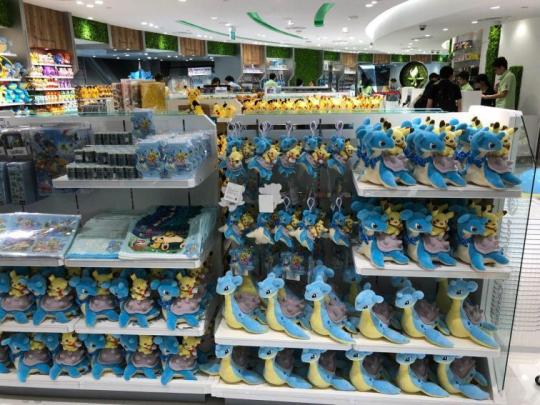




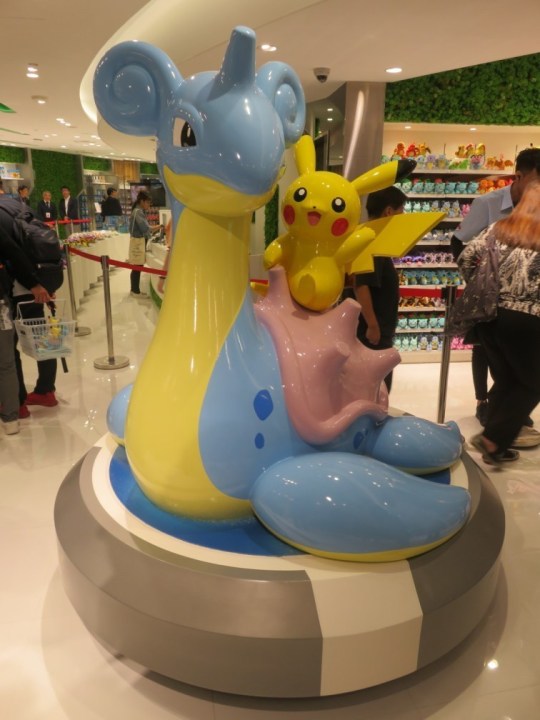

Photos from the Pokemon Center at the Jewel Changi Airport in Singapore
#pokemon#nintendo#gaming#anime#video games#pikachu#pokemon center#asia#travel#singapore#toys#plushes#retro#90s#gameboy#gba#ds#3ds#switch#nintendo switch#retrogaming
602 notes
·
View notes
Text
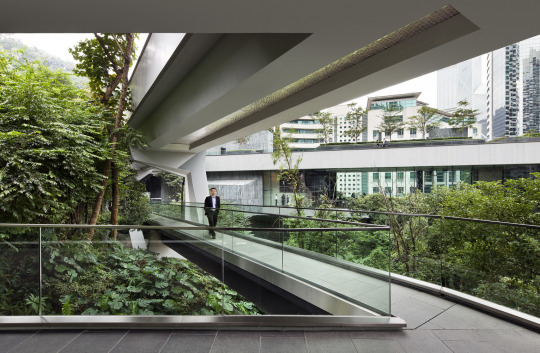
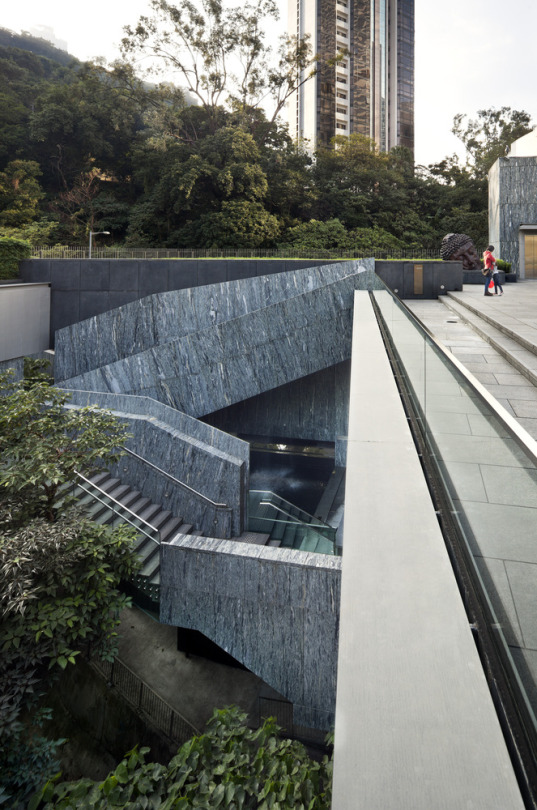
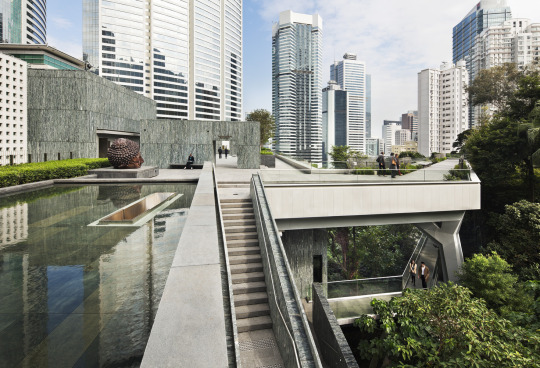

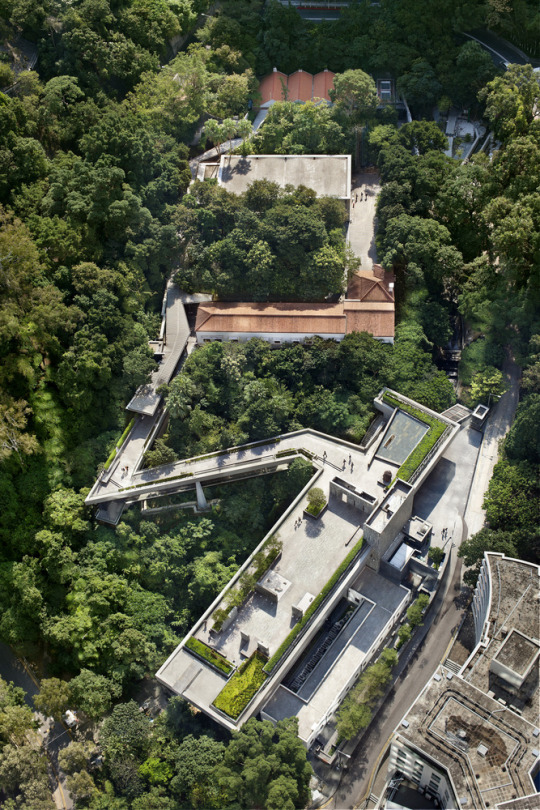
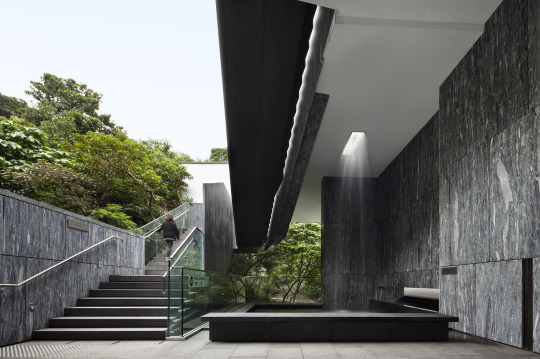

Asia Society Centre, Hong Kong - Williams Tsien
#Williams Tsien#architecture#design#building#modern architecture#minimal#concrete#landscaping#walkways#tropical#trees#planting#luxurious#waterfall#cultural center#hong kong#asia#american architecture#beautiful places#cool architecture
333 notes
·
View notes
Text
hey guys did you know that there's a series of cfv 3ds games that never got localized or fan translated and ive been playing the roms through a shitty ocr screen translator. here are some of my favorite scenes from the first game so far (note: these scenes could be entirely wrong because the translator is kind of shitty but i digress)
- izaki asks you what gift he should get morikawa for his birthday. the choices are 1) one (1) grade 3 card 2) an astrology book and 3) a signature from ninja master m. clearly morikawa is an easy guy to get gifts for
- misaki practices her customer service greeting in the park because customers think she's too unfriendly. she gets tired of smiling, says her cheeks hurt, and then is basically like "this customer service thing is so dumb. cardfight me"
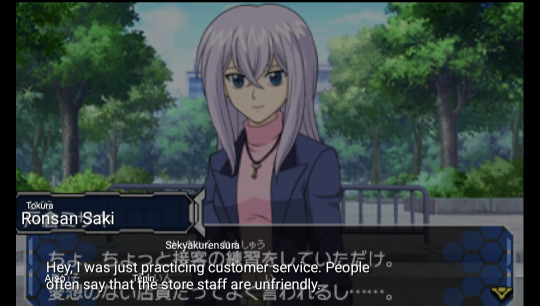
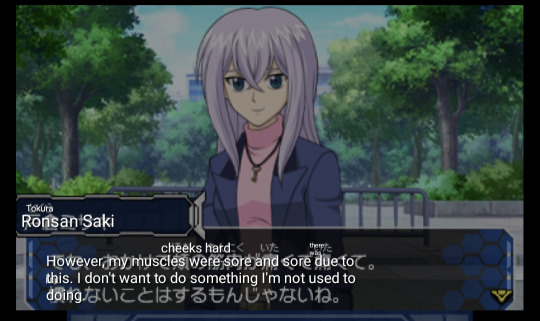
- jun kidnaps you just to cardfight you God help me he is crazy

like BITCH? YOU'RE JUMPING ME? OVER CARDS?
- i don't have screenshots but there's this scene where you as the protagonist go to find kai bc u wanna fight him and miwa intercepts you like "kai? oh that lazy bastard he's probably napping ill take you to him"
- in the same scene kai wakes up from his nap and says hes too busy to fight you. its really funny because hes clearly not busy if hes asleep on a park bench and miwa is even like Oh yeaaaa so busy (sarcastically)
- kai does give u a couple cards in compensation. i think the protag gets a little pushy about it like "no i wanna FIGHT bitch" (translator was a little weird here) and miwa steps in like Hey hey heyyy 😅😅😅 Let's not poke the beast here this is the best u are gonna get kid
- miwas also prone to napping in parks apparently


- i dont think this is the right translation but this next screenshot is extremely funny so i'm keeping it in

#cfv#cardfight vanguard#jamie talks#spam posting#this game is filling the VOID that zero left in me when it shut down#and this is only the first game centered around asia circuit#once i beat this one i get to play link joker and then stride g...#kinda sad they didn't make legion mate a game. my fave season ☹️☹️☹️☹️☹️
51 notes
·
View notes
Text

#china#Asia#asian#art#fyp#design#indeedgoodman#fashion#legend#nba#can#nba basketball#center#yao ming#houston rockets#we r one#dc#Washington dc#street wear#streetwear#clothing brand#throwback#nostalgia#Steve Francis
10 notes
·
View notes
Text

Shenzhen Genzon Technology Innovation Center - CHINA
#shenzhen#genzon technology#innovation center#china#chinese architecture#amazing building#beautiful building#asia
98 notes
·
View notes
Text




Sorry if this feels like pro Egypt propaganda she's just stuck in the past
Prev | Next
#don't factcheck my map i just drew general shapes based on memory#on the center of the world thing Egypt isn't really the centre of the world#it's just kinda the center of Africa Asia and Europe which to the ppl in the ancient times of pre americas is basically the whole world#also I'm not an expert on historical honey jars so they get a generic winny the boo honey jar#still not sure what to call this silly little fanfiction#hetalia#aph#hws#aph egypt#hws egypt#aph ancient egypt#hws ancient egypt#egytalia#blue's doodles
21 notes
·
View notes
Text
I forgot to eat but the halal Kyrgyz restaurant where everyone speaks Russian is open till midnight, I am going to Crush the biggest plate of plov you've ever seen
#My neighborhood became a hub for the current wave of Kyrgyz diaspora it rules#We have a Kyrgyz community center and grocery store and everything#They also sell imports from Russia and Ukraine and elsewhere in Central Asia
19 notes
·
View notes
Text
youtube
Costa, Tammy and Sean explore the amazing Bogor Botanical Gardens. It’s a huge space – 87 hectares – so they split up to cover different parts.
Bogor is the oldest botanic garden in South-East Asia, founded in 1817, as well as being a UNESCO World Heritage-listed site. It’s also a centre for research and home to more than 12,000 species of plants.
Some of the trees are hundreds of years old. Costa introduces us to the couples trees – two giants planted next to each other, a Red Meranti and a Ficus albipila, both planted in the 1800s – so named because couples often pose at their base for wedding photos and it’s said that standing here will make your love last forever.
Costa meets research Professor Dr Sri Rahayu, from the Research Center for Plant Conservation, Botanic Gardens & Forestry – BRIN, who specialises in hoya plants. Her work has taken her to most of Indonesia’s forests looking for unknown plants – she has described about 20 new species.
There is also a medicinal plant collection of more than 200 plants long used for medicine – some are being studied for the potential for treating illness as well as used in cosmetics.
Only 20% of Indonesia’s plants are understood so there is a lot of work still to do. Sri says many of these plants risk being lost before their properties are realised.
Featured plants:
Red meranti (Rubroshorea leprosula syn. Shorea leprosula)
Abbey tree (Ficus albipila)
Hoya towutiensis
Hoya sumatrana
Hoya sangguensis
Acanthus montanus
Lunasia amara
#gardening australia#solarpunk#Indonesia#Bogor Botanical Gardens#southeast asia#UNESCO World Heritage#Sri Rahayu#Research Center for Plant Conservation Botanic Gardens & Forestry#Youtube
3 notes
·
View notes
Text
SDA Bocconi Asia Center: A Hub for Global Management Education
SDA Bocconi Asia Center, a prominent extension of Italy’s prestigious SDA Bocconi School of Management, is rapidly emerging as a key player in global management education. Located in Mumbai, India, the Asia Center brings a world-class educational experience closer to aspiring leaders and professionals in Asia. This blog will explore what makes SDA Bocconi Asia Center a distinguished institution for those looking to enhance their skills in the global marketplace.

Why Choose SDA Bocconi Asia Center?
SDA Bocconi Asia Center stands out for its comprehensive approach to management education, which blends European excellence with a focus on Asia's growing economic and business landscape. The institution's aim is to provide high-quality education and research that align with the dynamic needs of the global market. Here are some key features that make SDA Bocconi Asia Center an attractive option for students and professionals alike:
1. World-Class Faculty and Curriculum
SDA Bocconi Asia Center offers the same academic rigor and globally recognized curriculum as its parent institution, SDA Bocconi School of Management in Milan. The faculty includes experienced professors from around the world, ensuring that students receive cutting-edge knowledge and insights. The curriculum is designed to equip students with both theoretical understanding and practical skills, preparing them for real-world challenges in management and leadership.
2. Global Exposure with a Regional Focus
One of the standout features of SDA Bocconi Asia Center is its ability to offer a truly global education while maintaining a regional focus on Asia. The programs incorporate international business practices, but they also emphasize the unique opportunities and challenges that come with operating in the Asian market. This dual perspective makes graduates of SDA Bocconi Asia Center well-equipped to work in both global and regional roles.
3. Wide Range of Programs
SDA Bocconi Asia Center offers a variety of programs catering to different career stages. Its flagship program, the International Master in Business (IMB), is highly regarded for its focus on international business, leadership, and innovation. The center also offers executive education programs that help professionals enhance their skills and stay competitive in today’s fast-paced business environment.
4. Strong Industry Connections
Another key advantage of SDA Bocconi Asia Center is its strong ties to industries across Asia and Europe. The institution regularly collaborates with multinational corporations, startups, and government bodies, offering students and participants numerous opportunities to engage with industry leaders. This not only enriches the learning experience but also facilitates networking and career opportunities.
5. A Diverse and Vibrant Community
The Asia Center attracts students and professionals from various countries, creating a vibrant and diverse community. This multicultural environment fosters collaboration, innovation, and a global mindset—qualities essential for today’s business leaders. The networking opportunities are invaluable, as students build connections with peers, faculty, and industry leaders from around the world.
Programs at SDA Bocconi Asia Center
The SDA Bocconi Asia Center offers a range of programs designed to meet the educational needs of aspiring leaders, from fresh graduates to seasoned professionals. Some of the key programs include:
International Master in Business (IMB): A full-time program focused on international business and leadership.
Executive Education Programs: Short-term programs aimed at enhancing the skills of working professionals.
Custom Programs for Organizations: Tailored programs designed to meet the specific needs of companies and organizations.
Admission and Scholarships
Admission to SDA Bocconi Asia Center is competitive, and applicants are assessed on a range of criteria including academic achievements, work experience, and leadership potential. The institution also offers a variety of scholarships based on merit and financial need, making world-class education accessible to deserving students.
Campus Life and Infrastructure
The SDA Bocconi Asia Center boasts state-of-the-art facilities designed to support a holistic learning experience. The campus is equipped with modern classrooms, study areas, and collaboration spaces that foster innovation and learning. Additionally, students benefit from various extracurricular activities and events that enhance both personal and professional development.
Conclusion
SDA Bocconi Asia Center is an ideal choice for individuals seeking a globally recognized education with a focus on the unique dynamics of the Asian market. With its world-class faculty, strong industry connections, and diverse community, the Asia Center offers a transformative educational experience that prepares students for leadership roles in an increasingly interconnected world.
If you’re looking to enhance your career prospects and gain a global perspective while staying rooted in Asia, SDA Bocconi Asia Center is the place to be.
#SDA Bocconi Asia Center#SDA Bocconi#news#education#educationnews#universities#higher education#colleges#admissions#students#education news#mba
2 notes
·
View notes
Text

#Christianity#religion#pew research center#europe#North America#latin america#caribbean#asia#africa#middle east#south america
3 notes
·
View notes
Text

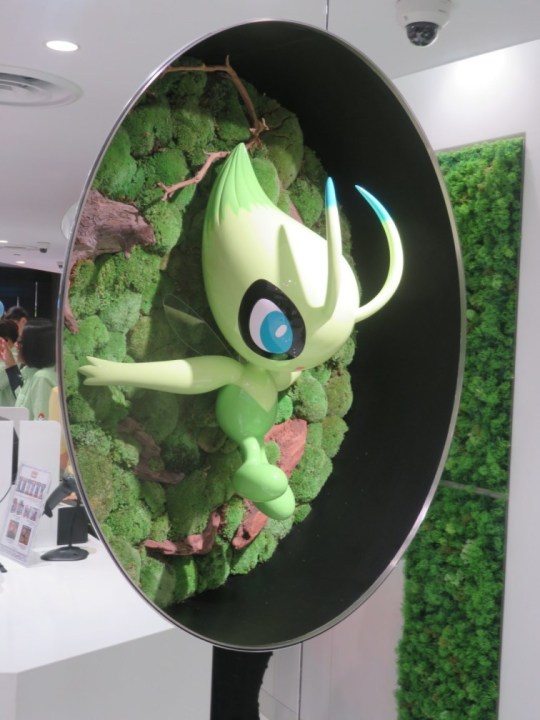
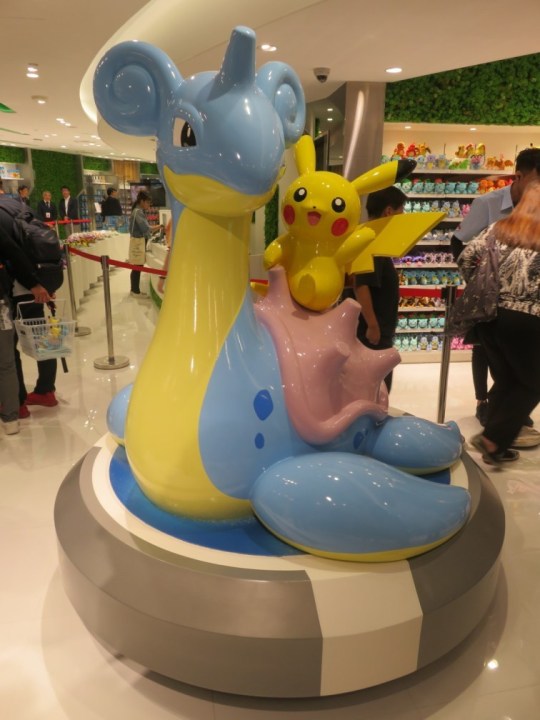
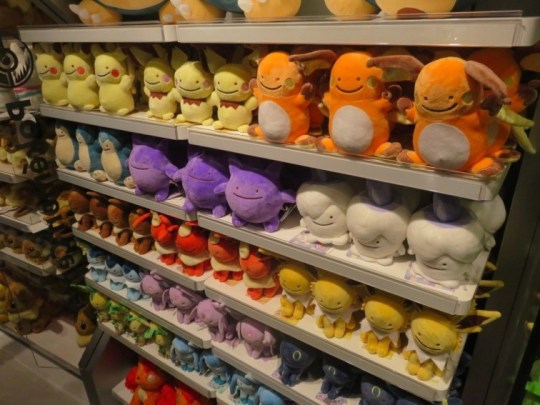
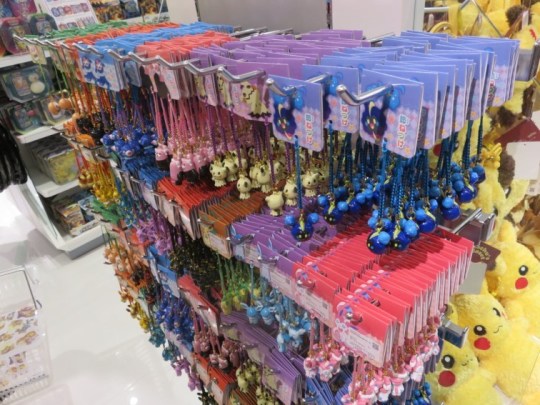
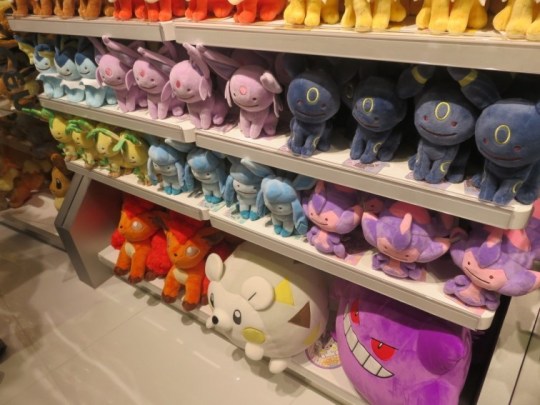
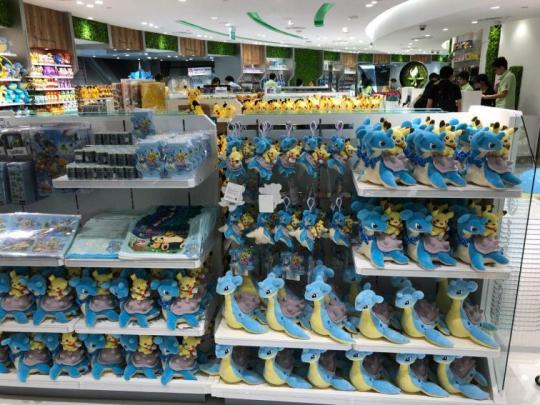


Photos from the Pokemon Center at the Jewel Changi Airport in Singapore
#pokemon#nintendo#plushies#asia#travel#gaming#video games#singapore#pokemon center#cute#kawaii#anime#kanto#gba#ds#3ds#switch#nintendo switch#pikachu#eevee#eeveelutions#gyarados#starter pokemon#legendary pokemon#90s#retro#plush#merch#retrogaming
3K notes
·
View notes
Text
Study finds health risks in switching ships from diesel to ammonia fuel
New Post has been published on https://thedigitalinsider.com/study-finds-health-risks-in-switching-ships-from-diesel-to-ammonia-fuel/
Study finds health risks in switching ships from diesel to ammonia fuel


As container ships the size of city blocks cross the oceans to deliver cargo, their huge diesel engines emit large quantities of air pollutants that drive climate change and have human health impacts. It has been estimated that maritime shipping accounts for almost 3 percent of global carbon dioxide emissions and the industry’s negative impacts on air quality cause about 100,000 premature deaths each year.
Decarbonizing shipping to reduce these detrimental effects is a goal of the International Maritime Organization, a U.N. agency that regulates maritime transport. One potential solution is switching the global fleet from fossil fuels to sustainable fuels such as ammonia, which could be nearly carbon-free when considering its production and use.
But in a new study, an interdisciplinary team of researchers from MIT and elsewhere caution that burning ammonia for maritime fuel could worsen air quality further and lead to devastating public health impacts, unless it is adopted alongside strengthened emissions regulations.
Ammonia combustion generates nitrous oxide (N2O), a greenhouse gas that is about 300 times more potent than carbon dioxide. It also emits nitrogen in the form of nitrogen oxides (NO and NO2, referred to as NOx), and unburnt ammonia may slip out, which eventually forms fine particulate matter in the atmosphere. These tiny particles can be inhaled deep into the lungs, causing health problems like heart attacks, strokes, and asthma.
The new study indicates that, under current legislation, switching the global fleet to ammonia fuel could cause up to about 600,000 additional premature deaths each year. However, with stronger regulations and cleaner engine technology, the switch could lead to about 66,000 fewer premature deaths than currently caused by maritime shipping emissions, with far less impact on global warming.
“Not all climate solutions are created equal. There is almost always some price to pay. We have to take a more holistic approach and consider all the costs and benefits of different climate solutions, rather than just their potential to decarbonize,” says Anthony Wong, a postdoc in the MIT Center for Global Change Science and lead author of the study.
His co-authors include Noelle Selin, an MIT professor in the Institute for Data, Systems, and Society and the Department of Earth, Atmospheric and Planetary Sciences (EAPS); Sebastian Eastham, a former principal research scientist who is now a senior lecturer at Imperial College London; Christine Mounaïm-Rouselle, a professor at the University of Orléans in France; Yiqi Zhang, a researcher at the Hong Kong University of Science and Technology; and Florian Allroggen, a research scientist in the MIT Department of Aeronautics and Astronautics. The research appears this week in Environmental Research Letters.
Greener, cleaner ammonia
Traditionally, ammonia is made by stripping hydrogen from natural gas and then combining it with nitrogen at extremely high temperatures. This process is often associated with a large carbon footprint. The maritime shipping industry is betting on the development of “green ammonia,” which is produced by using renewable energy to make hydrogen via electrolysis and to generate heat.
“In theory, if you are burning green ammonia in a ship engine, the carbon emissions are almost zero,” Wong says.
But even the greenest ammonia generates nitrous oxide (N2O), nitrogen oxides (NOx) when combusted, and some of the ammonia may slip out, unburnt. This nitrous oxide would escape into the atmosphere, where the greenhouse gas would remain for more than 100 years. At the same time, the nitrogen emitted as NOx and ammonia would fall to Earth, damaging fragile ecosystems. As these emissions are digested by bacteria, additional N2O is produced.
NOx and ammonia also mix with gases in the air to form fine particulate matter. A primary contributor to air pollution, fine particulate matter kills an estimated 4 million people each year.
“Saying that ammonia is a ‘clean’ fuel is a bit of an overstretch. Just because it is carbon-free doesn’t necessarily mean it is clean and good for public health,” Wong says.
A multifaceted model
The researchers wanted to paint the whole picture, capturing the environmental and public health impacts of switching the global fleet to ammonia fuel. To do so, they designed scenarios to measure how pollutant impacts change under certain technology and policy assumptions.
From a technological point of view, they considered two ship engines. The first burns pure ammonia, which generates higher levels of unburnt ammonia but emits fewer nitrogen oxides. The second engine technology involves mixing ammonia with hydrogen to improve combustion and optimize the performance of a catalytic converter, which controls both nitrogen oxides and unburnt ammonia pollution.
They also considered three policy scenarios: current regulations, which only limit NOx emissions in some parts of the world; a scenario that adds ammonia emission limits over North America and Western Europe; and a scenario that adds global limits on ammonia and NOx emissions.
The researchers used a ship track model to calculate how pollutant emissions change under each scenario and then fed the results into an air quality model. The air quality model calculates the impact of ship emissions on particulate matter and ozone pollution. Finally, they estimated the effects on global public health.
One of the biggest challenges came from a lack of real-world data, since no ammonia-powered ships are yet sailing the seas. Instead, the researchers relied on experimental ammonia combustion data from collaborators to build their model.
“We had to come up with some clever ways to make that data useful and informative to both the technology and regulatory situations,” he says.
A range of outcomes
In the end, they found that with no new regulations and ship engines that burn pure ammonia, switching the entire fleet would cause 681,000 additional premature deaths each year.
“While a scenario with no new regulations is not very realistic, it serves as a good warning of how dangerous ammonia emissions could be. And unlike NOx, ammonia emissions from shipping are currently unregulated,” Wong says.
However, even without new regulations, using cleaner engine technology would cut the number of premature deaths down to about 80,000, which is about 20,000 fewer than are currently attributed to maritime shipping emissions. With stronger global regulations and cleaner engine technology, the number of people killed by air pollution from shipping could be reduced by about 66,000.
“The results of this study show the importance of developing policies alongside new technologies,” Selin says. “There is a potential for ammonia in shipping to be beneficial for both climate and air quality, but that requires that regulations be designed to address the entire range of potential impacts, including both climate and air quality.”
Ammonia’s air quality impacts would not be felt uniformly across the globe, and addressing them fully would require coordinated strategies across very different contexts. Most premature deaths would occur in East Asia, since air quality regulations are less stringent in this region. Higher levels of existing air pollution cause the formation of more particulate matter from ammonia emissions. In addition, shipping volume over East Asia is far greater than elsewhere on Earth, compounding these negative effects.
In the future, the researchers want to continue refining their analysis. They hope to use these findings as a starting point to urge the marine industry to share engine data they can use to better evaluate air quality and climate impacts. They also hope to inform policymakers about the importance and urgency of updating shipping emission regulations.
This research was funded by the MIT Climate and Sustainability Consortium.
#000#Accounts#Aeronautical and astronautical engineering#aeronautics#air#air pollution#air quality#America#ammonia#Analysis#approach#Asia#asthma#atmosphere#author#Bacteria#betting#burns#carbon#Carbon dioxide#carbon dioxide emissions#carbon emissions#carbon footprint#Center for Global Change Science#change#Cleaner industry#climate#climate change#college#container
2 notes
·
View notes
Text
instagram
#HEADS UP TO ALL MY SOCAL/LA GAYSIS#PRIDE#mod navi#I BETTER SEE PPL THERE ONGG#desi queer#desi lgbt#i will try to find more centered in actual south asia lmao#Instagram
13 notes
·
View notes
Text
highly controversial opinion: i'm glad the application didn't go through YET because the current regs aren't ready for another team, let alone one building on a green field (unlike audi buying an existing team) and starting out with alpine slash renault power units wouldn't be beneficial either. now they can shift their focus to the 2026 f1 regulations and strenghten the relationship with general motors to enter the competition with them in 2028.
#but also i know for f1 it's all about money and they all know the sport is currently at its peak and just like in any other economic system#recession will follow so. finance dudebros saw the opportunity and took it.#also. watch liberty media sell the rights in 5 years or so to the saudi funds#and on top of that i also expect more circuits in the north america and asia with higher fees and longer contracts#because european circuits are usually more traditional outside of city centers and generate less money#and they pay higher fees#as my fave racers says: money only come into question in the first place#e
3 notes
·
View notes
Text
Loong9 being divided into Loong9-S & Loong9-V is already crazy but the lineup change????
Loong9-S will promote in mainland china & they removed the three hong kong trainees and added 3 yuehua trainees to replace them, otherwise the lineup remains unchanged
Loong9-V will promote in hong kong (& other parts of asia?) and consists of the original lineup from the finale
the new Loong9-S members are: ashley (zhang haolian), guo dianjia & chen xinhao
btw now Loong9-S has SEVEN out of nine yuehua members…this is insane
#maise’s mumbles !#this is so?!!!!#isn’t yh the company managing loong9 too….?#i mean……#at least ollie is still center in both?#maise x asy !#asy#asia super young#asia super young ollie#loong9
5 notes
·
View notes
Text

Bahrain World Trade Center, Manama, Bahrain
Taken by Todd Gardner
3 notes
·
View notes